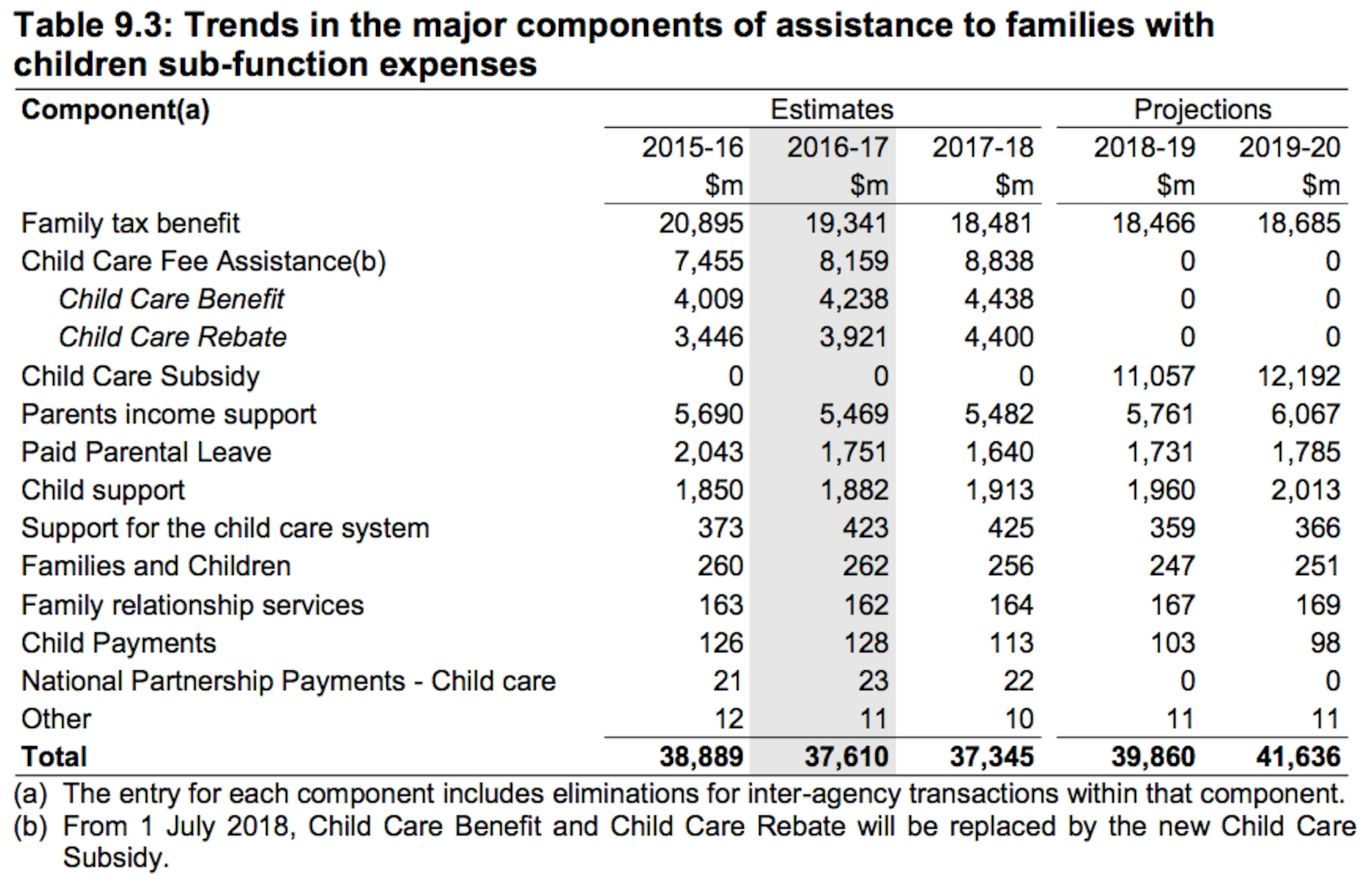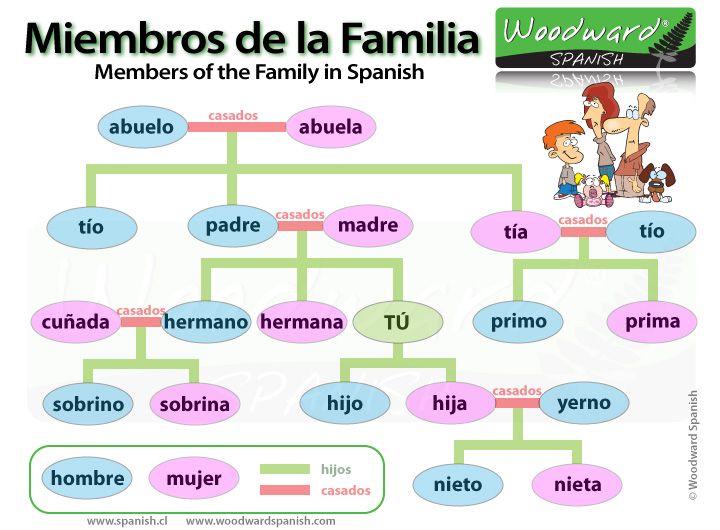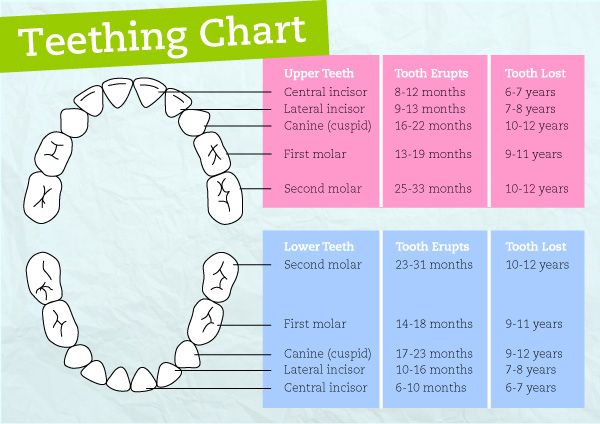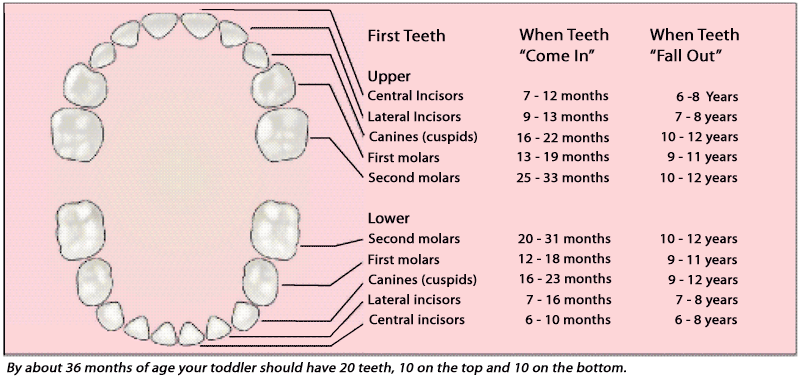How to prove child support payments
How to Prove Child Support Payments : 7 proactive things you can do
Previous Next
- View Larger Image
When a child is born, both parents have a financial responsibility for that child. It’s not uncommon, once the parents separate, for both parents to contribute to the daily needs of the child; they share time with the child, school expenses, extracurricular activity expenses, purchase clothes, and in many cases, one parent gives money directly to the other parent for the child , oftentimes even without a formal court order. However, time and again, at some point, the parent who receives that money from the other parent alleges that the parent has not been making child support payments as ordered. This is where problems arise, because if the paying parent can’t prove that they have in fact been financially supporting their child, they may be hit with child support arrears (back child support), which can have detrimental financial and legal effects including increased wage garnishments, contempt charges, bank levies, license suspension, and more.
- Avoid paying in cash– Although typically “cash is king,” that is not true when it comes to child support cases. In fact, paying child support in cash is one of the biggest mistakes often made by the non-custodial or paying parent. Cash is hard to track. Unless you are given a receipt from the receiving parent for the cash payments you make, if that parent one day alleges that payment was never made, you will have to go to far lengths to prove that you actually did make payment directly to the parent.
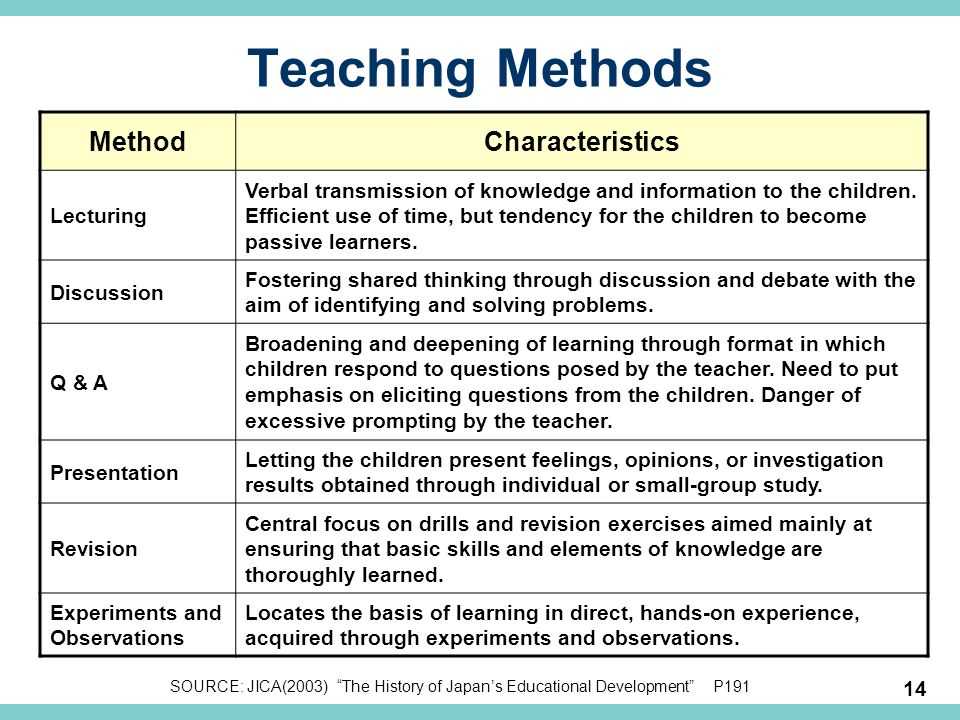
- How to prove cash payments– If you’ve already made several payments to the other parent in cash in the past, all hope is not lost if claims of non-payment are made, but you will have to do a little leg work, and it may or may not suffice, depending on how diligent you’ve been keeping track of things.
• Method 1– Obtain copies of your bank statements that align with each payment you made. If you withdrew money for your child support from the bank, or made transfers with the note “child support,” indicated, you may be able to show that you routinely withdrew cash payments specifically for child support.
• Method 2– Subpoena the other parent’s bank records. When you have a pending Family Law matter, you can often take advantage of what’s known as the “discovery” process; this is the way lawyers are able to obtain information from the other party in your case that they may not voluntarily provide. If you subpoena the other parent’s bank records, you may be able to show that your checks were in fact cashed or deposited into their bank account and that they did actually receive the payments. This method goes hand in hand with having your bank records, as you will be able to cross-refer their deposits to the withdrawals that came from your account.
This method goes hand in hand with having your bank records, as you will be able to cross-refer their deposits to the withdrawals that came from your account. - Use checks or money orders– If you pay using a check, it’s usually pretty easy to obtain copies of canceled (cashed) checks from your bank. Using Money orders is a slightly less efficient way to track payments, but if you make a copy of the completed money order and save the money order stubs/receipts, this may suffice.
- Write “child support” in the memo of each check or money order– When using checks or money orders, it’s important to note “Child Support” in the memo of the check or on the stub.
- Keep receipts– It’s so easy to make a habit of immediately trashing receipts in an effort to avoid clutter. However, in the case of caring for your child, it’s essential that you keep receipts for any and all payments and purchases made for the benefit of your child.
 I like to say, it’s better to have too much than too little – it’s okay to go overboard. Set up a file, call it “child expenses,” and put any receipts in that file. And to take it a step further, make a note on your receipts, circle the date/time, amount, and write what the payment was for. This way, if the issue of whether you take care of your child come up, you will have plenty of documentation to show what was purchased, when, why, and for how much.
I like to say, it’s better to have too much than too little – it’s okay to go overboard. Set up a file, call it “child expenses,” and put any receipts in that file. And to take it a step further, make a note on your receipts, circle the date/time, amount, and write what the payment was for. This way, if the issue of whether you take care of your child come up, you will have plenty of documentation to show what was purchased, when, why, and for how much. - Communicate with your spouse regarding each payment in writing– In case all else fails, always C.Y.A. (“Cover YOU’RE A* %). Good Lawyers do it when they work on your behalf and you should do it too. C.Y.A. is important for every aspect of your case, but in this aspect, all it requires is that you send a letter, text or email to the other parent, confirming delivery/receipt of the child support payments. That way, you can use this document as evidence or an exhibit at your trial or hearing later to show that payments were made and/or received.

- Go with the garnishment– In most cases, when a child support order is made, a wage garnishment will be issued. This means that your child support will be automatically deducted from your paycheck. This is especially true in cases where the local child support agency is involved. However, in some cases, the parents can agree that support payments will be made directly to the other parent. More often than not, this is a bad idea, especially in cases of high conflict between the parties, because at some point, claims of non-payment are made. So, to be on the safe side and avoid unnecessary litigation for the sake of proving that you paid your child support, it’s likely best that you request or agree to wage garnishment – this way there are trackable records of payment and your payments will be made on time.
Like this:
Like Loading...
Child Support Forms | Office of the Attorney General
These forms allow parents, families, and employers to provide the Child Support Division with additional information so we can better serve you.

All child support forms are categorized and linked below as downloadable files. Select the category you need to see the corresponding forms.
- Paternity
- Military
- Paying or Receiving Child Support
- Safety
- Child Support Administrative Review
- Child Support Enforcement
- License Suspension
- Medical Support
- State Directory of New Hires
- Release of Information
Paternity
Parent Survey on the Acknowledgement of Paternity (AOP)
This form is to be completed after the AOP has been signed or a person has declined to sign the AOP.
View the form in English
View the form in Spanish
Application for New Birth Certificate Based on Parentage
The VS-166 - Application for a New Birth Certificate based on Parentage form is used to add, remove, or replace information regarding the parents listed on the original birth certificate. Click on the link to find the form on the Texas Department of State Health Services website.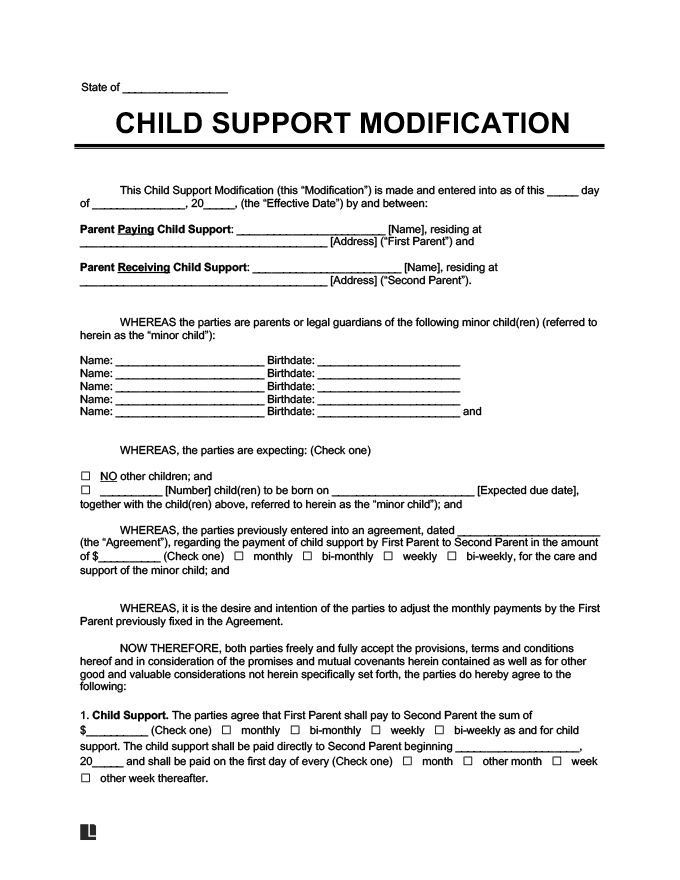
View the form
Military
Military Affidavit
This form is used as proof to the court that a custodial or noncustodial parent is in the military.
View the form
Paying or Receiving Child Support
Arrears Payment Incentive Program
This form is used by a delinquent noncustodial parent to reduce amounts owed to the State of Texas.
View the form in English
View the form in Spanish
Direct Deposit Authorization Form (1TAC 55.803)
This form is used to set up direct deposit for child support payments.
View the form in English
View the form in Spanish
Request for Warrant Cancellation
This form is used to stop payment on a warrant (check) that has been lost or damaged.
View the form in English
View the form in Spanish
Child Support Review Questionnaire
This form provides the Child Support Division information about a custodial or noncustodial parent when a case review is requested.
View the form in English
View the form in Spanish
Custodial Parent’s Certification of Direct Payments
This form is used to document child and medical support payments made directly to a custodial parent by a noncustodial parent (in any form).
View the form in English
View the form in Spanish
Noncustodial Parent’s Certification of Direct Payments
This form is used to document child and medical support payments a noncustodial parent makes directly to the custodial parent (in any form).
View the form in English
View the form in Spanish
Safety
Request for Nondisclosure
This form is used to report a parent’s safety concerns on a child support case and request the Child Support Division not disclose any identifying information to the other parent.
View the form
Child Support Administrative Review
Request for Administrative Review (1 TAC 55.101(f)(2))
This form is completed by a noncustodial parent to contest a claim of past-due child support and request a review of their case.
View the form in English
View the form in Spanish
Administrative Review - Distribution of Child Support Payments (1 TAC 55.141(e))
This form is used by a custodial parent, who is a current or former Temporary Assistance for Needy Families (TANF) recipient, to request an Administrative Review hearing to resolve disputed issues concerning distribution of payments.
View the form in English
View the form in Spanish
Child Support Enforcement
Notice of Application for Judicial Writ of Withholding (1 TAC 55.111)
This form is used to notify an employer to withhold wages from a noncustodial parent when they have past-due child support.
View the form
Motion to Stay (1 TAC 55.112)
This form is used by noncustodial parents to contest a Judicial Writ of Withholding.
View the form
Employer's Motion for Hearing on Applicability of Income Withholding for Support (1 TAC 55.115)
This form is used by an employer to request judicial determination about an employee’s wage withholding.
View the form
Notice of Administrative Writ of Withholding - (1 TAC 55.116(a))
This form is sent to the noncustodial parent by the Child Support Division to inform them that withholding has begun and to provide information on how they can contest the withholding.
View the form
Request for Issuance of Income Withholding for Support (1 TAC 55 .117)
This form is used to request the issuance of income withholding for support.
View the form
Federally Mandated Income Withholding for Support (IWO) (1 TAC 55.118(b))
This form is used to notify an employer of a specified amount of child support to be paid by withholding income from an employee's paycheck. This form (provided by the Office of Child Support Enforcement OCSE) is used to notify an employer of a specified amount of child support to be paid by withholding income from an employee's paycheck. This form is federally mandated for use in IV-D and non IV-D cases. (OMB 0970-0154)
View the form
Notice of Lien (1 TAC 55.
 119(a))
119(a)) This form serves notice that a custodial parent has placed a lien on a noncustodial parent’s property for unpaid child support. The lien shows a right to keep possession of property belonging to the noncustodial parent until they pay their owed child support.
View the form
Release of Child Support Lien (1 TAC 55.119(b))
This form is used to lift the lien on a noncustodial parent’s property after they have paid their owed child support.
View the form
Partial Release of Child Support Lien (1 TAC 55.119(c))
This form is used by a custodial parent to lift the lien only on the specific property of the noncustodial parent, as listed on the form. It does not prevent action to collect from other property owned by the noncustodial parent.
View the form
Record of Support Order(1 TAC 55.121)
This form is used by counties to provide the record of support data needed by the state case registry.
View the form
Record of Support Order with Application (1 TAC 55.
 121)
121)This form is used by counties to provide the record of support order data needed by the state case registry. Effective September 1, 2021, this form must be used by the following counties that participate in the Integrated Child Support System: Bexar, Cameron, Dallas, Ector, El Paso, Gregg, Harris, Harrison, Hidalgo, Lubbock, Midland, Panola, Smith, Tarrant, Taylor, Travis, Webb, and Wichita.
View the form
License Suspension
Administrative Notice of Filing of Petition to Suspend License (1 TAC 55.203(a))
This form notifies a noncustodial parent who owes past due child support that an action to suspend their driver’s license has been filed.
View the form
Notice of Filing of Petition to Suspend License (1 TAC 55.203(f))
This form is sent to a noncustodial parent alerting them that an action to suspend their license has been filed.
View the form
Administrative Petition to Suspend License (1 TAC 55.203(b))
This form is used to outline a noncustodial parent’s court-ordered child support repayment schedule that must be followed before their license is reinstated.
View the form
Petition to Suspend License (1 TAC 55.203(f))
This form shows a noncustodial parent’s court-ordered child support repayment schedule that must be followed before their license is reinstated.
View the form
Notice of Filing of Petition to Suspend License (1 TAC 55.203(f))
This form is sent to a noncustodial parent alerting them that an action to suspend their license has been filed.
View the form
Request for Hearing (1 TAC 55.203(c))
This form is used by a noncustodial parent to request a hearing to contest a petition to suspend their license.
View the form
Notification to Licensing Authority Order Suspending License (1 TAC 55.203(d))
This form is sent by the Office of the Attorney General to the licensing authority to request action is taken to suspend a noncustodial parent’s license.
View the form
Notification to Licensing Authority Order Vacating or Staying Suspension of License (1 TAC 55.
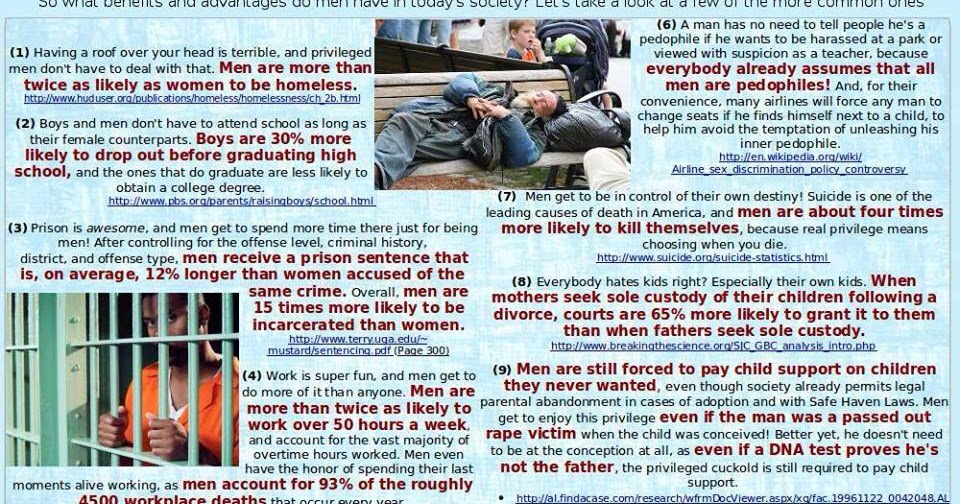 203(e))
203(e))This form is sent by the Office of the Attorney General to the licensing authority to notify them that a noncustodial parent’s license may be reinstated.
View the form
Medical Support
National Medical Support Notice (1TAC 55.120(a))
This form notifies an employee that they are obligated by a court or administrative child support order to provide health care coverage for the child identified.
View the form
Request for Review of National Medical Support Notice (1 TAC 55.120(b))
This form is used by an employee to contest withholding based upon a mistake of fact.
View the form
Termination of National Medical Support Notice (1 TAC 55.120(c))
This form notifies employers when there is no longer a judicially or administratively ordered obligation for an employee to provide health care coverage for the listed child(ren).
View the form
State Directory of New Hires
Texas Employer New Hire Reporting (1 TAC 55.
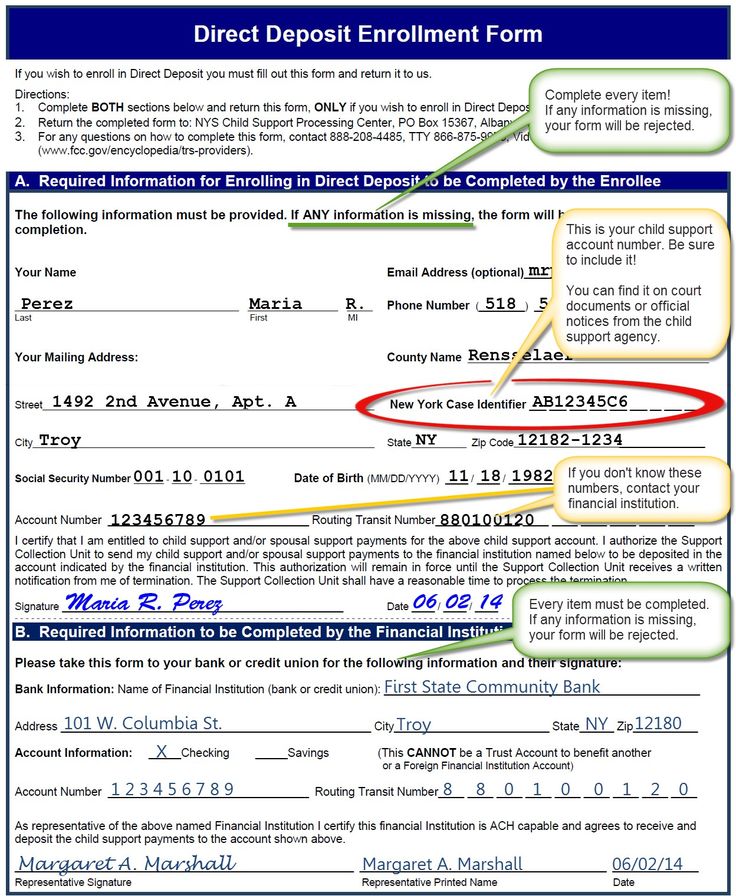 303(c)(1)(B))
303(c)(1)(B))This form is used by employers to report the details of newly hired employees.
View the form
Release of Information
Authorization for Release of Information (1 TAC 55.803)
This form is used to authorize another party to receive information about your child support case or payments on your behalf.
View the form in English
View the form in Spanish
Revocation of Authorization for Release of Information (1 TAC 55.803)
This form is used to revoke an existing authorization to release information and/or child support payments to another party.
View form in English
View the form in Spanish
How to prove to the bailiff that he paid alimony unofficially?
After a divorce, the financial relationship between parents and children is usually determined by the court, however, many people decide the issue of child support informally. Simply put, they agree on the amount, and the father transfers the money for the child into his hands.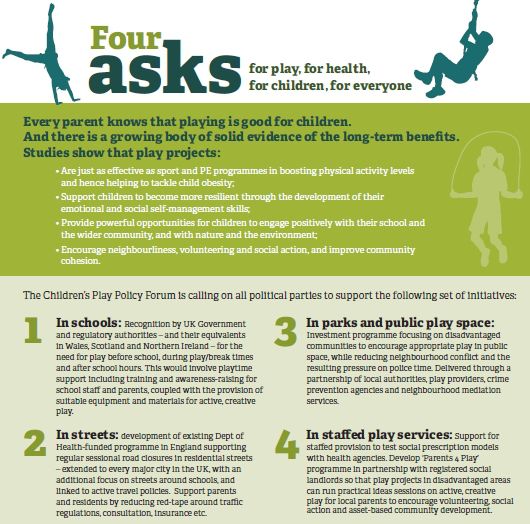
On the one hand, it's good when parents find a common language, but on the other hand, if suddenly they start demanding alimony from the father in court, which he, in fact, has already paid, he will have to prove his case. Therefore, a man who financially provides for his child without a writ of execution and a formal agreement should know how to prove it to a bailiff or financial manager (during the bankruptcy procedure of an individual (more)). nine0003
Why is official payment better?
Despite all the agreements between the parents, no one can predict how long a good relationship will last after a divorce. No one is immune from conflicts with the subsequent claim of alimony payments. First of all, this applies to those parents who decide not to draw up a notarial agreement.
It must be borne in mind that the recipient of unofficial alimony, that is, the wife, will always be in the black. In the event of a quarrel, she will be able to go to court and claim payments not only for the future, but also for the last three years (clause 2, article 107 of the RF IC). nine0003
nine0003
In this case, the father will have to prove in court not only the fact of the payment, but also the fact that the money was meant for the child. And this, in turn, means time to go to court, confirm documents, pay fees.
Debt collection through bailiffs
Many fathers treat their ex-wife with confidence and give her money for a child in her arms or transfer it to a card, but in the end they still start a case against them in the FSSP (Federal Bailiff Service). nine0003
If the appeal to the Service relates only to future payments, that is, the spouse wished to make them official, then this will not change anything for the father - he just needs to pay alimony regularly, but control them more carefully.
Difficulties may arise if the ex-spouse wanted to collect the "debt". If the transfer of money was not recorded in any way, then the father is not always able to prove the fact of payments to bailiffs.
If the presented debt is not repaid, the father's accounts may be blocked, and administrative liability may be imposed on him.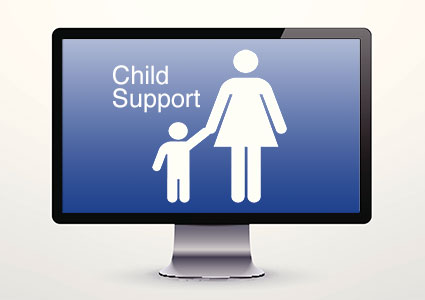 In order to prevent such a situation and not to pay child support again, the father needs to have evidence on hand. nine0003
In order to prevent such a situation and not to pay child support again, the father needs to have evidence on hand. nine0003
Documents confirming the payment of alimony
If financial support for children is paid without going to court, then the father needs to think about how to protect himself. When paying alimony, he must keep all possible evidence of cash flows:
1. Postal receipts. If alimony is transferred by mail, then receipts must be kept. They contain detailed information about the purpose of the payment, about the recipient, about the sender, date, amount, etc. nine0003
2. Checks. If, by agreement, the purchases for the child made by the father are included in alimony, then all checks must be kept. It should be clear in them that the purchases are for the child, then they can confirm the payments.
3. Bank statement. If the money is transferred to the card or account of the former spouse, then bank statements can confirm the dates and amounts of payments, as well as their regularity. When transferring, you must indicate the purpose of the payment so that the bailiff does not have any questions. nine0003
When transferring, you must indicate the purpose of the payment so that the bailiff does not have any questions. nine0003
4. Confirmation from work. If alimony is deducted from the father's salary by the accounting department, then a certificate confirming these payments is needed.
In any case, you need to collect as much evidence as possible, including witness statements, photographs, video recordings or audio, which can confirm the fact of the transfer of money.
Receipt
Although a receipt is usually enough to confirm the transfer of money, you should not rely on it completely. If the notarial agreement has already determined exactly how the alimony will be paid, then there will be no questions to the receipt. nine0003
The receipt must be written in as much detail as possible and preferably by hand, so that an examination can be carried out if necessary. There can be no corrections in the text, the amounts and dates must be clearly spelled out, indicating the currency. Both the payer and the recipient must sign under the text.
Both the payer and the recipient must sign under the text.
Important! The text of the receipt should indicate that child support payments are accepted and specify for which particular child.
Receipts must be drawn up each time money is transferred.
Claiming payments for 3 years
A woman has the right to apply to bailiffs with a claim for maintenance payments for the past period. However, in this case, she must prove that she actively demanded alimony, and her husband constantly evaded payments.
It is quite difficult to prove this, however, the fact of alimony payment still needs to be recorded.
If the father paid child support unofficially, there is a risk that sooner or later the ex-spouse will decide to collect money for the child legally. To minimize this risk, it is necessary to keep all possible documentary evidence of payments. nine0003
How can I prove that I paid child support? ― Moscow
| Home » Lawyer for family issues and affairs " How to prove that he paid alimony? |
Parents are required to support their children even if they do not live together. Some take this seriously and voluntarily transfer material resources to the second parent. It’s great if he is an honest person and at the right time does not deny that he regularly received money. However, no one is immune from the fact that the former spouse will not confirm the receipt of alimony, but, on the contrary, will declare that the father has not paid anything for a long time. nine0003
Some take this seriously and voluntarily transfer material resources to the second parent. It’s great if he is an honest person and at the right time does not deny that he regularly received money. However, no one is immune from the fact that the former spouse will not confirm the receipt of alimony, but, on the contrary, will declare that the father has not paid anything for a long time. nine0003
In this article we will try to explain how you can prove that regular payments were made, and how to protect yourself from unfair accusations. If you still have problems on this basis, consult a lawyer from the Pravosfera company, he will find a way to prove that the transfer of alimony was carried out regularly.
Paid alimony unofficially. How to prove it?
Very often, during a divorce, the issue of alimony is not raised, as the parents say that they themselves found a solution and agreed on everything. But in this case it will be difficult to prove that the father transferred the money. Therefore, it is necessary to collect evidence of conscientious fulfillment of obligations. nine0003
Example. Spouses L. got divorced, but at the same time they independently solved the problem of providing for the minor. The husband regularly transferred money to a bank account for some time, but then the wife, with whom the child remained to live, having decided that the agreed amount was not enough, began to demand that the father increase it. After his refusal, the wife filed an application with the court, in which she accused her husband of not helping to support the child at all.
During the proceedings, the ex-husband provided the court with an extract from bank accounts, which testified that every month, on the same day, he transferred the same amount to his wife’s card, while making a note: “On account of the payment of alimony.” The judges considered this evidence sufficient. In addition, the amount exceeded that which the court would have ordered by law. Verdict: to recognize the demands of the wife as incompetent, to appoint alimony, in accordance with the law.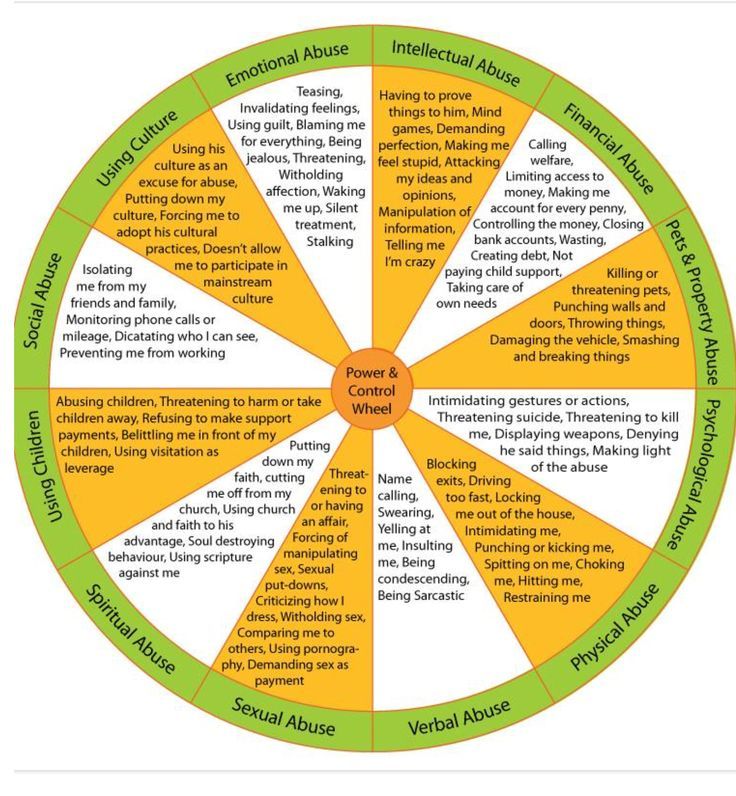 nine0003
nine0003
How should one behave so that later on one does not have to prove the payment of alimony?
In order not to get into an unpleasant situation, you should collect and store all evidence of alimony payments. These are:
- postal or bank receipts, which must contain the amount of transfers and the addressee, the purpose should be indicated in the notes: “alimony in favor of a minor ... for the period ...”;
- Receipt of receipt, if the money is transferred from hand to hand. It must be written in the document that this amount is alimony, it is also necessary to indicate where and when the transfer took place; nine0100
- testimony of disinterested persons proving the payment of alimony. Of course, this is only circumstantial evidence, but it can be taken into account by the court;
- video or audio recordings indicating the transfer of money.
If the court failed to prove the fact of payment of alimony
If the court decision was that the father must pay off the resulting debt, then it can be appealed within the time period established by law.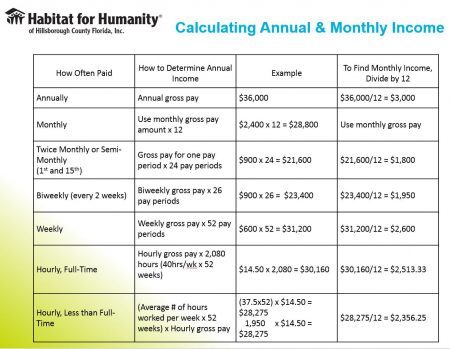 When filing a claim, the following information must be provided:0003
When filing a claim, the following information must be provided:0003
- personal passport details;
- the decision that is being appealed;
- reasons for applying;
- proof of his innocence;
- request for a retrial.
Important! So that you do not have to do all this routine work, you should collect all the facts proving your integrity in a timely manner. Even if you are absolutely sure of the honesty of your ex-wife, you should always play it safe and have supporting documents on hand. nine0126
A lawyer will help you prove regular alimony payments
You may have come across a situation where your ex-spouse turned out to be not as decent as you thought, and wrote an application to the court demanding alimony, as well as repayment of a debt that actually does not exist. What should I do, do I have to pay again? Consult a lawyer of the Pravosfera company, and he will explain to you how you can prove the fact of regular contributions for the maintenance of a child.